Integrating Family Planning and Reproductive Health Programs:
Lessons from Kenya
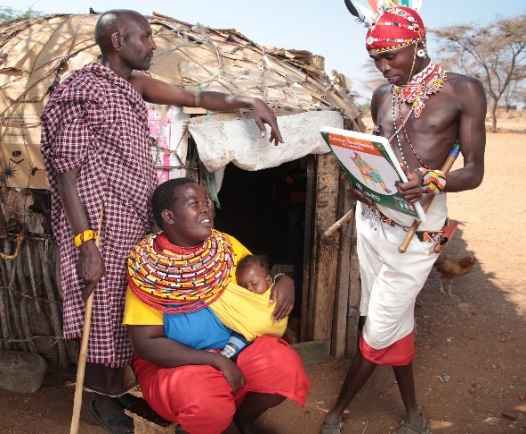
This piece summarizes the experience of integrating family planning and reproductive health (FP/RH) in the USAID Kenya-funded AFYA TIMIZA program, implemented by Amref Health Africa in Kenya. It provides insights to technical advisors and program managers that there is no one-size-fits-all approach in FP/RH service provision, access, and utilization: context is a critical factor in design and implementation. It demonstrates the need to continuously adapt to community dynamics to ensure that these essential services reach communities that would have otherwise been ostracized. This is done through innovative models that take advantage of the nomadic lifestyles of these communities.
The AFYA TIMIZA Project
Accessing affordable quality health care continues to be difficult for marginalized communities. This is even worse for the nomadic pastoral populations in the hard-to-reach areas of arid and semi-arid lands. The harsh climatic conditions make it difficult to attract and retain health workers, and communities struggle to reach the health facilities due to the vastness of the land. This is made worse by high illiteracy levels, harmful social cultural practices, and gender norms that do not support independent decision-making for women.
The AFYA TIMIZA initiative aims to sustainably improve health outcomes for vulnerable communities by increasing the availability of affordable, high-quality family planning; reproductive, maternal, newborn, child, and adolescent health (FP/RMNCAH) services; nutrition; and water, hygiene, and sanitation (WASH) services.

How We Integrated FP/RH into Project Activities
AFYA TIMIZA, through funding from USAID Kenya, has integrated FP/RH at the facility level by taking advantage of key service delivery points to minimize missed opportunities and reach women of reproductive age. These include comprehensive HIV testing and care, antiretroviral therapy, wards for female inpatients, maternity care, antenatal care, postnatal care, post-abortion care, and maternal and child health welfare clinics. During outreach services, information and services on FP/RH are provided as part of the integrated package of care. Furthermore, health workers both at the facility and community levels are trained and sensitized on FP counseling, information, method provision, and referral.
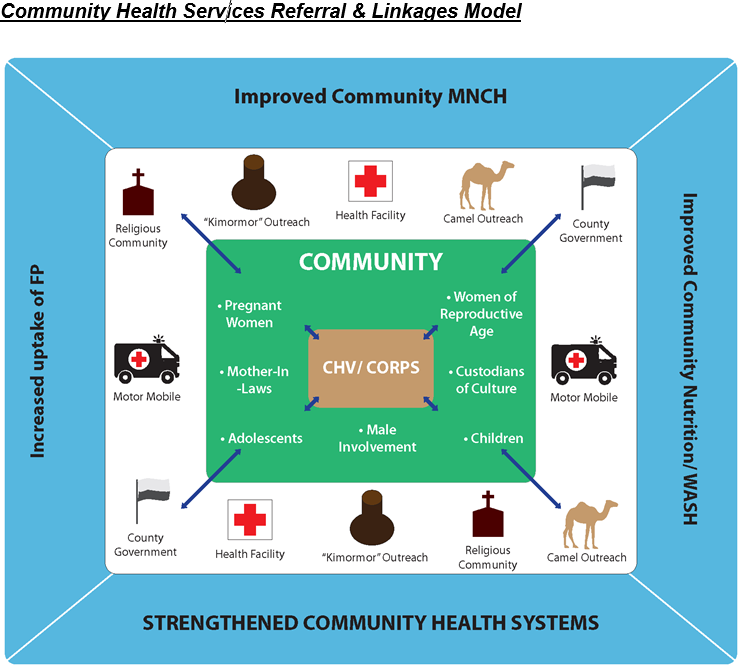
Comprehensive Service Delivery Points
Depending on the client’s voluntary choice, provider training, and available infrastructure, the program/facility/outreach site provides either a fully integrated model (in which clients access FP services within the HIV clinic by the same or different provider), or partially integrated (in which clients are counseled and then referred to the family planning clinic for provision of methods).
We successfully integrated FP/RH at 154 health facilities. At these service delivery points, providers have counseling cards, job aids, client registers, and appointment documentation (including services/methods provided). FP counseling and method provision are also included as part of community-based distribution (CBD) programs linked with outreach efforts and other CBD work.
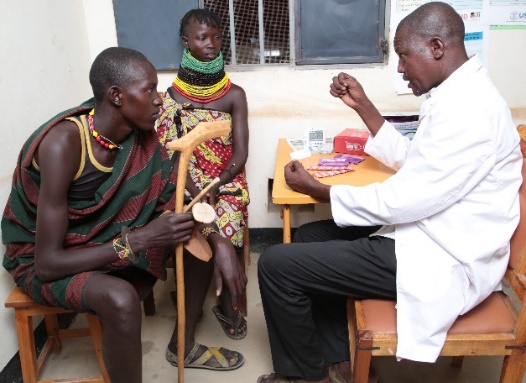
Uptake of Family Planning Commodities Among Women of Reproductive Age (Oct– Dec 2019)1

Challenges and Lessons Learned
FP/RH integration helps minimize missed opportunities, because women are likely to seek other services at the same time they have unmet FP/RH needs.
- Innovative integration models: Our key takeaway from this project is that it is advisable to integrate FP/RH activities into project outreach services. Due to the nature of the populations we serve, AFYA TIMIZA integrated FP/RH services into innovative outreach models like Kimormor2 and camel outreach3. This is a best practice we plan to replicate in other projects.
- Ease of integration: A fully integrated model is easier to implement in lower-level facilities with committed health workers, compared to county and sub-county hospitals. This is because at these lower levels, there is a lighter workload and fewer clients, unlike county referral hospitals where the workload is greater. In HIV service delivery points, this model helps improve patient outcomes, especially regarding EMTCT.
- Client satisfaction: AFYA TIMIZA clients are happy and satisfied, which we determined from our exit interview analysis. This is due to the fact that the health facilities offer a one-stop shop, saving time and maximizing opportunities to offer FP/RH services. Clients also feel a sense of attention from the health workers; once they leave the facility, they report that they feel all their needs were met.
- Reduced waiting time: The integration of FP/RH into program activities has contributed to reduced waiting time for clients, which is also tied to client satisfaction. Integration has reduced the need for clients to make an appointment for one service, then another for a separate service. Ensuring that services are offered comprehensively in one location reduces the overall time spent at the health facility.
One challenge we have experienced was a high workload in the initial phase of the project, especially for clients seeking short-acting methods. The other challenge has been around the infrastructure and equipment for privacy and confidentiality. This is a problem in service delivery points that were not designed for FP/RH service delivery, such as HIV testing and care clinics.
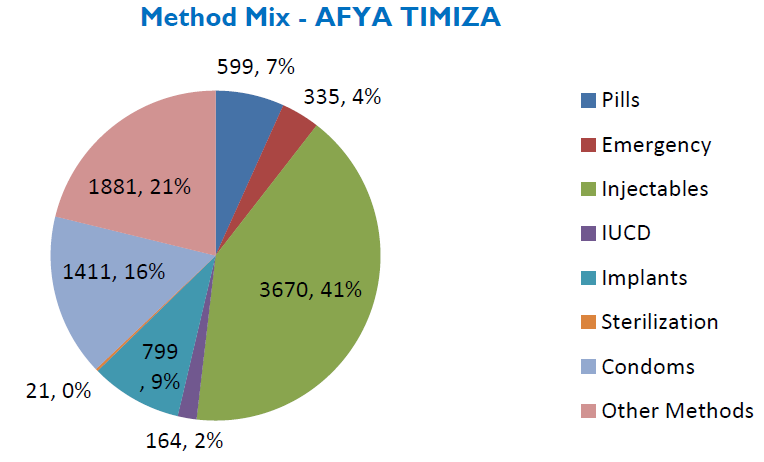
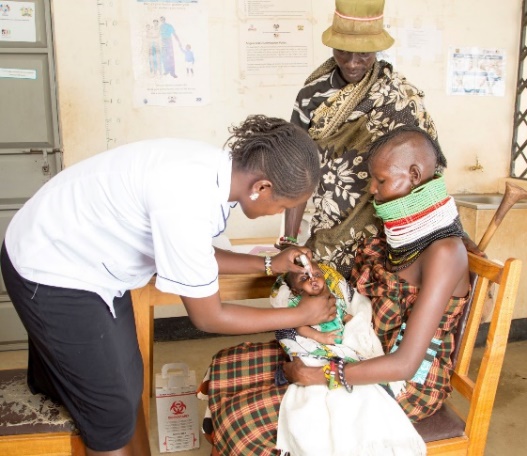
Final Thoughts
Effective integration of FP/RH interventions needs to take advantage of existing successful initiatives that can help to address unmet FP needs in a targeted context. Amref Health Africa has developed and tested innovative models like Kimormor—an integrated one-stop shop for service delivery—and camel outreach to take services closer to the people. These models and tools have been successful in FP/RH integration because of leveraging existing projects and providing FP/RH services as a value-add to our existing health services portfolio. We hope other organizations and programs can learn from our experience when it comes to integrating FP/RH into their programs, especially in relation to working with complex and vulnerable nomadic communities.
1. AFYA TIMIZA Year 4 Quarter 1 progress report. ↩
2. Kimormor serves the Turkana community and is an integrated, one-stop service provision targeting both humans and animals. Animals are an important part of the Turkana community. ↩
3. This is where camels act like mobile clinics and carry drugs to places no other means can reach. ↩





